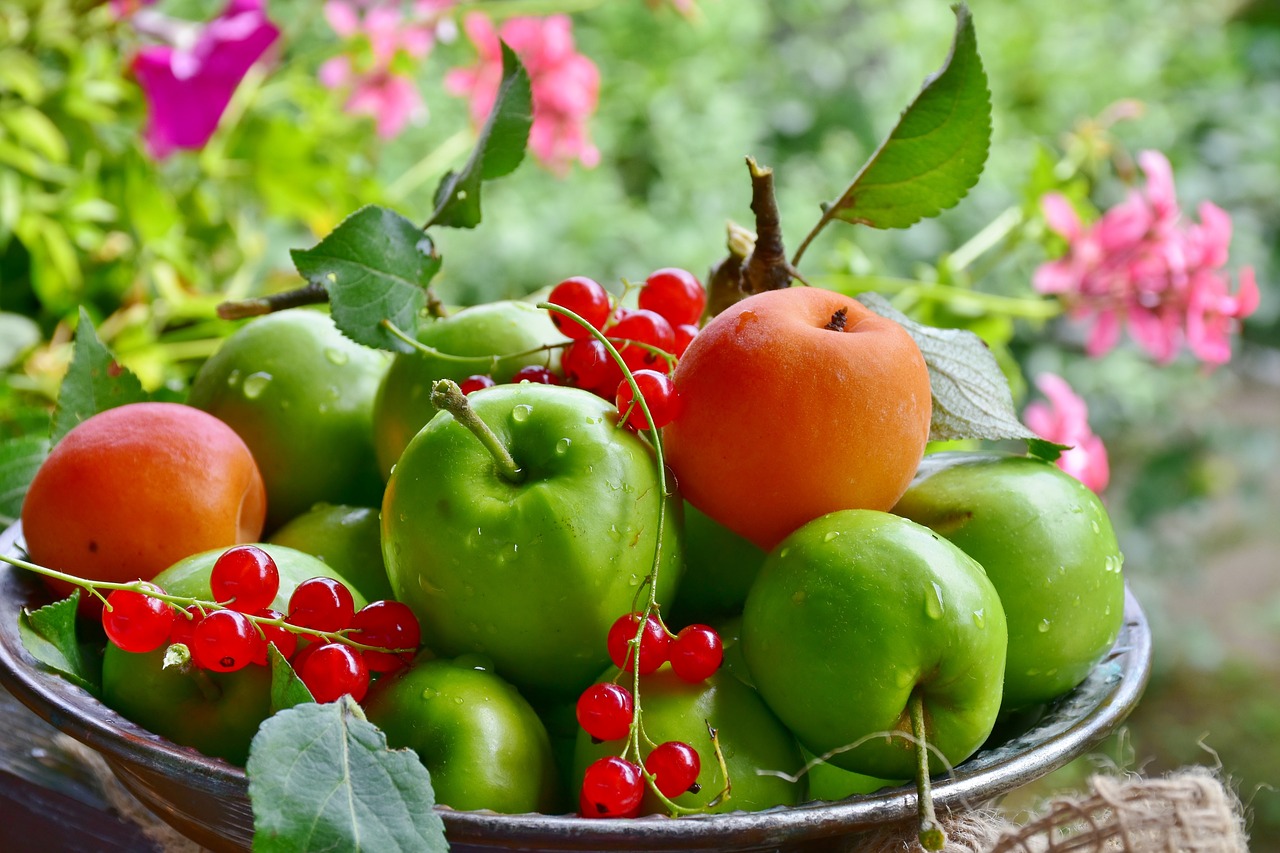Exploring the Rise of Food Cooperatives: Promoting Food Sovereignty Through Collective Action
Food cooperatives have a long history rooted in communities coming together to address food access and affordability challenges. The early 19th century saw the emergence of food cooperatives as a response to rising food prices and economic instability. These cooperatives were driven by the idea that by pooling resources and purchasing food collectively, community members could secure better prices and ensure a steady supply of essential goods.
By the mid-20th century, food cooperatives had become a widespread movement, particularly in the United States and Europe. The 1960s and 1970s saw a surge in the number of food cooperatives as part of the broader countercultural movement that emphasized self-sufficiency, sustainability, and community building. These cooperatives often focused on providing access to organic, locally-sourced, and ethically-produced food, reflecting a growing interest in alternative food systems and consumer empowerment.
The Principles of Food Sovereignty
Food sovereignty is a concept that advocates for people’s right to define their food and agriculture systems. It emphasizes local production, distribution, and consumption of food in a manner that prioritizes the needs of communities over market demands. This principle aims to ensure that individuals have control over the food they eat and the way it is produced, promoting sustainability and environmental stewardship.
Central to the principles of food sovereignty is the idea of valuing traditional knowledge and practices in agriculture. This involves respecting and preserving indigenous methods of farming and seed saving, which have sustained communities for generations. By prioritizing these traditional approaches, food sovereignty seeks to maintain cultural diversity and promote food systems that are in harmony with nature.
The Role of Collective Action in Food Cooperatives
Food cooperatives rely heavily on collective action to thrive and achieve their objectives. By coming together as a community, individuals pool their resources, skills, and knowledge to create a sustainable and equitable food system. This collaboration allows members to support local farmers, promote food justice, and provide access to healthy and affordable food options for all.
Through collective action, food cooperatives also empower their members to take an active role in shaping the decisions that affect their food supply. By fostering a sense of ownership and participation, cooperatives nurture a democratic environment where everyone has a voice and can contribute to the collective vision. This inclusive approach not only strengthens the connection between producers and consumers but also builds resilient and interconnected communities centered around food sovereignty and shared values.
What is the history of food cooperatives?
Food cooperatives have been around for centuries, with some of the earliest examples dating back to the 18th century. These cooperative businesses were formed by groups of individuals who wanted to pool their resources to access affordable and high-quality food.
What are the principles of food sovereignty?
Food sovereignty is the right of peoples to healthy and culturally appropriate food produced through ecologically sound and sustainable methods. It also includes the right of people to define their own food and agriculture systems.
How does collective action play a role in food cooperatives?
Collective action is essential in food cooperatives as it allows members to work together to achieve common goals such as accessing affordable and healthy food, supporting local farmers, and promoting sustainable agriculture practices. By pooling their resources and efforts, members can have a greater impact on the food system.







